Mazda RX-7 FC3S
Mazda RX-7 FC3S: The Turbocharged 80s Rotary Icon
After the groundbreaking success of the original SA22C/FB RX-7, Mazda returned in 1985 with the second-generation RX-7, codenamed FC3S. This new model pushed the RX-7 into a new era: one of turbocharged performance, refined handling, and a distinctly ’80s aesthetic. It wasn’t just a facelift—it was a transformation that brought Mazda’s rotary legend closer to Porsche-level performance while staying true to its unconventional roots.
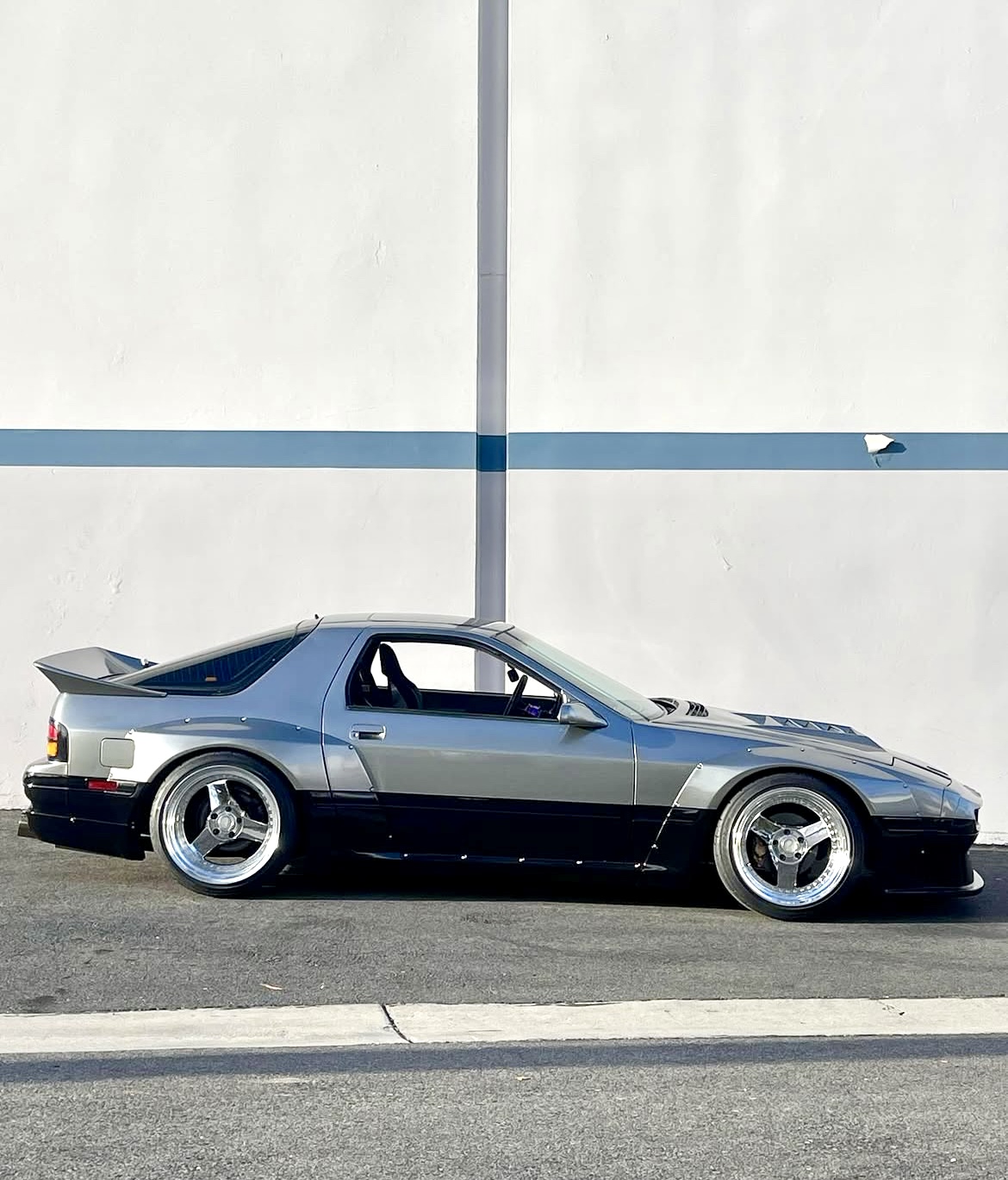
The Rotary Revolution, Refined
The FC3S RX-7 introduced a new level of engineering sophistication. Gone were the raw, lightweight sports car characteristics of the first generation—in their place came a more mature, grand tourer-like coupe that still offered genuine driver engagement.
At the heart of it all was Mazda’s iconic 13B rotary engine, improved and boosted for the turbocharged variants.

When you think of iconic JDM sports cars, the Mazda RX-7 often stands tall among giants like the Nissan Skyline GT-R and the Toyota Supra. But nestled between the raw, analog feel of the first-generation RX-7 (SA22C) and the more refined, exotic FD3S, lies a true gem: the Mazda RX-7 FC3S. Produced from 1985 to 1992, the FC3S offered the perfect blend of 1980s turbocharged power, lightweight chassis design, and the unmistakable whine of Mazda’s signature 13B rotary engine.
Design and Styling: Inspired by Europe, Built for Japan


The second-generation RX-7 marked a departure from the more angular lines of the FB. Mazda took design cues from the Porsche 944, evident in the long hood, pop-up headlights, and flared rear fenders. But the FC3S wasn’t just a copycat — it embodied that unmistakable JDM flair, with aerodynamic enhancements, aggressive stance, and an interior focused on the driver.
Pop-up headlights, minimalist cockpit layout, and optional digital dash variants made the FC3S a poster car for the late ’80s.
Rotary Heart: The 13B Engine
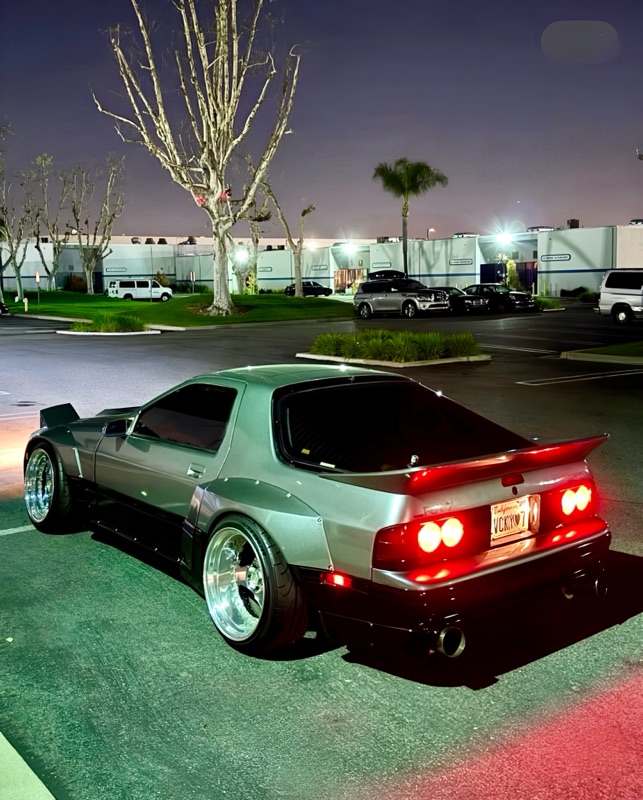
Reliability and Ownership
Rotary engines are unique—and with that uniqueness comes a learning curve. The 13B-T is capable of lasting well over 100,000 miles with proper maintenance, but it demands attention:
- Use high-quality 2-stroke premix if running without factory oil metering
- Watch for apex seal wear
- Warm up the engine before revving high
- Address vacuum and cooling issues early
Today, FC RX-7s have a growing support network, and parts availability—while not as abundant as piston cars—is improving thanks to enthusiast demand.
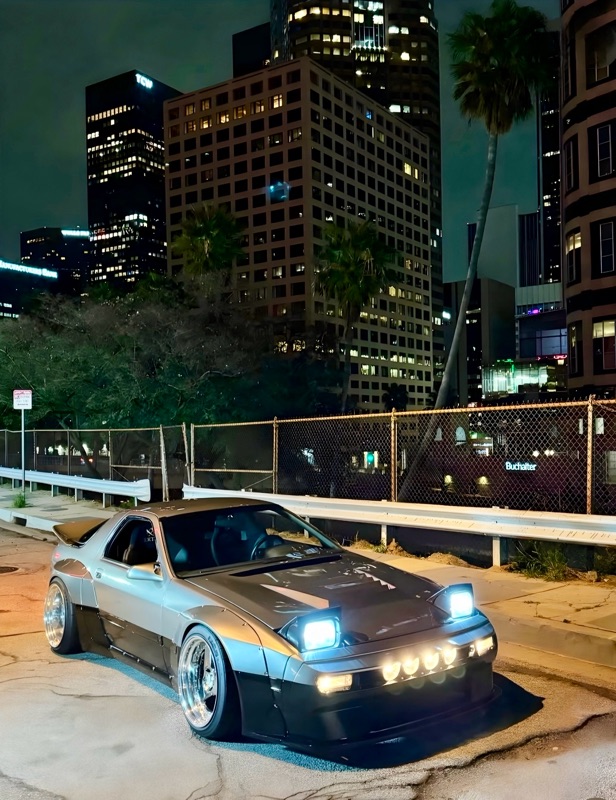
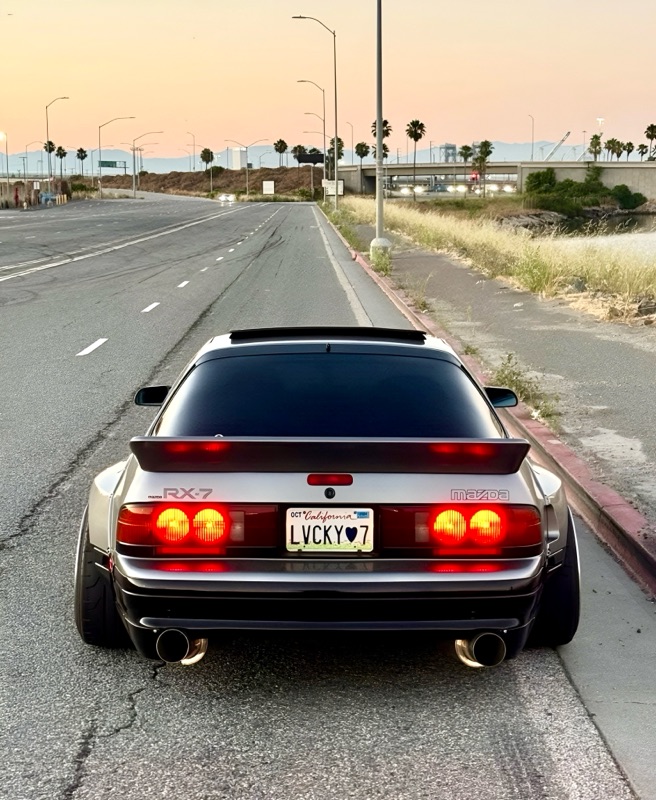
At the core of the FC3S beats the 13B rotary engine, a 1.3-liter twin-rotor powerhouse that helped define the RX-7 legacy. The naturally aspirated versions produced around 146 horsepower, but the real thrill came with the Turbo II variant, introduced in 1987. It pushed power to around 182–200 horsepower, depending on the market, and delivered a smooth, high-revving experience unlike any piston engine of the time.
This made the FC3S not only fast for its day, but also a unique driving experience, earning it a cult following among rotary enthusiasts.
Handling and Performance: Built for the Corners
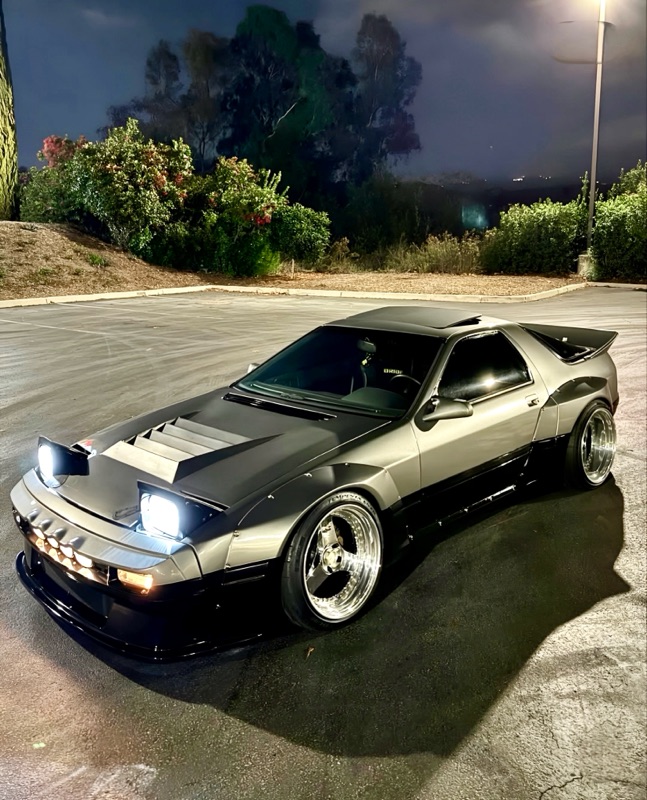
Mazda RX-7 FC3S Specs (USDM Turbo II):
- Engine: 1.3L 13B-T twin-rotor Wankel rotary
- Horsepower: 182 hp @ 6,500 rpm
- Torque: 183 lb-ft @ 3,500 rpm
- Transmission: 5-speed manual or 4-speed automatic
- Drivetrain: Rear-wheel drive
- 0–60 mph: ~6.5 seconds
- Top Speed: ~140 mph
- Curb Weight: ~2,800 lbs (Turbo II)
The 13B-T featured a single turbocharger and electronic fuel injection, delivering smooth, high-revving power that made it a blast to drive. The rotary’s light weight and high-revving nature set it apart from traditional piston engines.
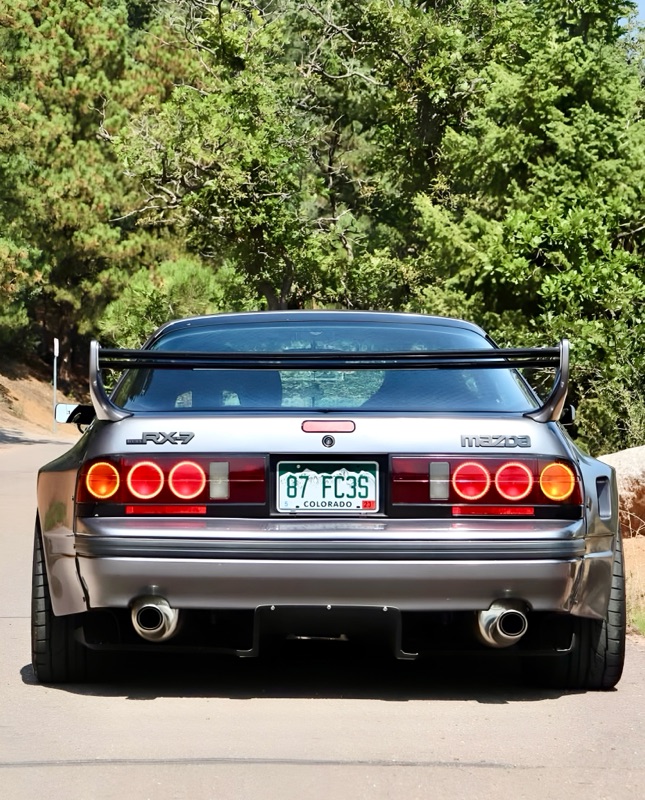
One of the biggest draws of the Mazda RX-7 FC3S was its perfect 50:50 weight distribution, thanks in part to its front-midship layout. Combined with independent rear suspension, rack-and-pinion steering, and a relatively low curb weight (around 2,700 lbs), the FC3S offered exceptional balance and cornering performance.
Mazda’s use of a Dynamic Tracking Suspension System (DTSS) helped improve stability under load, and Turbo II models featured vented disc brakes, limited-slip differential, and sport-tuned suspension, making them serious contenders on both street and track.
Cultural Impact and Legacy
Although it often lives in the shadow of its younger sibling, the RX-7 FD3S, the FC3S holds a special place in JDM history. It made appearances in motorsport, including IMSA and Group A racing, and was immortalized in pop culture — most notably as Ryosuke Takahashi’s car in Initial D.
Today, the FC3S is a sought-after platform for JDM car collectors, drift builds, and rotary engine fans. With the growing appreciation for ’80s and ’90s Japanese sports cars, the FC3S is gaining serious traction in the classic car scene.
Why the RX-7 FC3S is a Smart Buy Today
With rising prices on FD RX-7s and other JDM legends, the FC3S remains one of the last affordable, tuner-friendly, and truly unique options in the market. Whether you’re looking for a weekend cruiser, a drift car, or a restoration project, the FC3S delivers a raw, analog, and rewarding driving experience.
Comments
Post a Comment